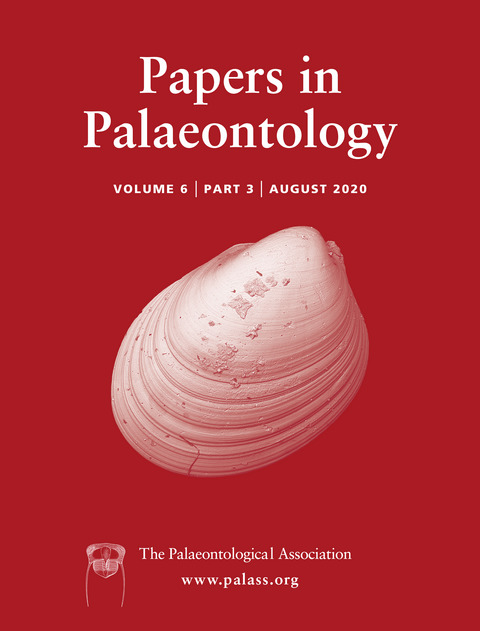Reg. Charity No. 1168330

Brachiopods from Cambrian Series 2, Stage 4 carbonate strata of the Byrd Group in the Central Transantarctic Mountains, East Antarctica, are described for the first time. These include six lingulate, one paterinate and one rhynchonelliform taxon, including the new lingulate brachiopod Plicarmus wildi gen. et sp. nov. The biostratigraphy correlates closely to the brachiopods recently reported from the Xinji Formation (Shuiyu section) in North China, as well as brachiopods recovered from the Dailyatia odyssei Zone across the Arrowie Basin of South Australia. These findings also support the previously identified close palaeobiogeography of these regions. The first unambiguous example of the acrotretid brachiopod Eohadrotreta zhenbaensis Li & Holmer outside South China is also identified in the context of its ontogenetic stages. Well‐preserved specimens of the acrotheloid Schizopholis yorkensis (Holmer & Ushatinskaya) facilitate a new reconstruction of its musculature and visceral region. These data are synthesized into a new cladistic analysis that resolves Acrotheloidea as a well‐supported monophyletic clade and supports previous hypotheses of a morphocline in acrotheloid evolution.